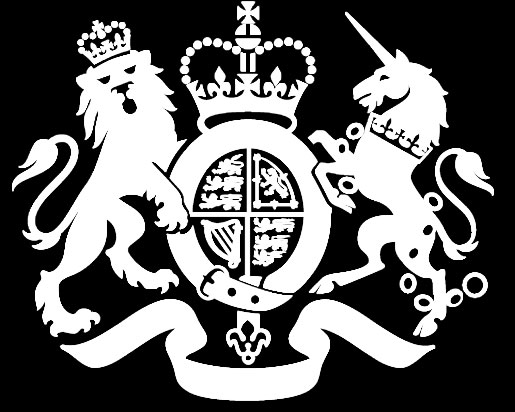
What is the Microsoft Graph and how can it help you?
The Microsoft Graph offers up exciting possibilities to develop Office 365 functionality and related integrations in ways that can really help your business and engage your users. Learn how you can leverage the power of the Graph in your organisation.

